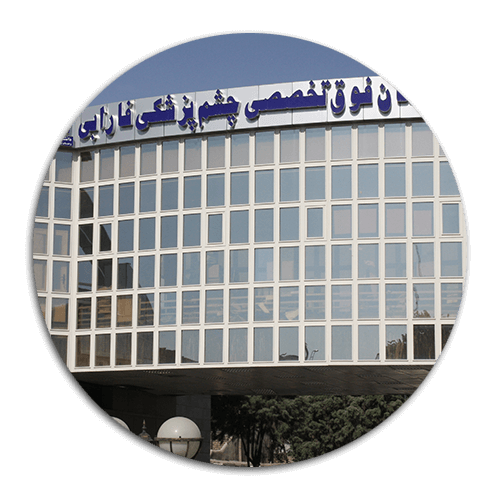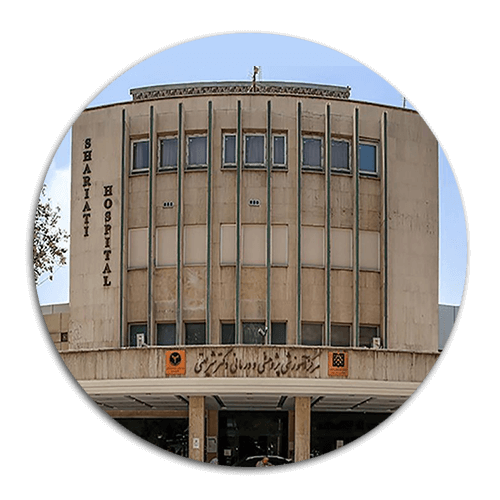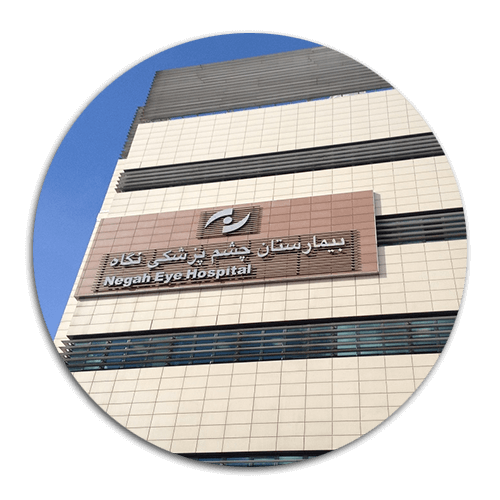All Departments
- Aortic valve stenosis (Aortic stenosis)
- arteriovenous malformations
- Avascular Necrosis
- Best cosmetic dentistry in Iran| Dental Treatment in Iran
- Breast Augmentation in Iran|Breast implant in iran
- Breast Reduction surgery
- Cancer in Iran: oncology in Iran
- Cardiology
- Cataract surgery in Iran
- Cochlear Implant Surgery in Iran
- Cosmetic Laser
- Cosmetic Surgery
- Ear cosmetic surgery
- Eye Care
- Eyelid surgery (Blepharoplasty)
- General Heart Surgery in Iran
- General surgery in Iran
- Glaucoma Treatment In Iran
- Hair Transplant
- Heart valve surgery
- lasik Eye Surgery
- Liposuction
- Non-Surgical Cosmetic procedures in iran
- Organ Transplantation in Iran
- Orthopedic
- Paget disease of bone
- Pediatrics
- Plastic surgery
- Psychiatry
- Radiology
- Rhinoplasty surgery in iran
- Shoulder Replacement Surgery
- SkinCare Treatment
- Spinal cord injury
- urolithiasis procedure in iran
- Urology
- Varicocelectomy
Opening Hours
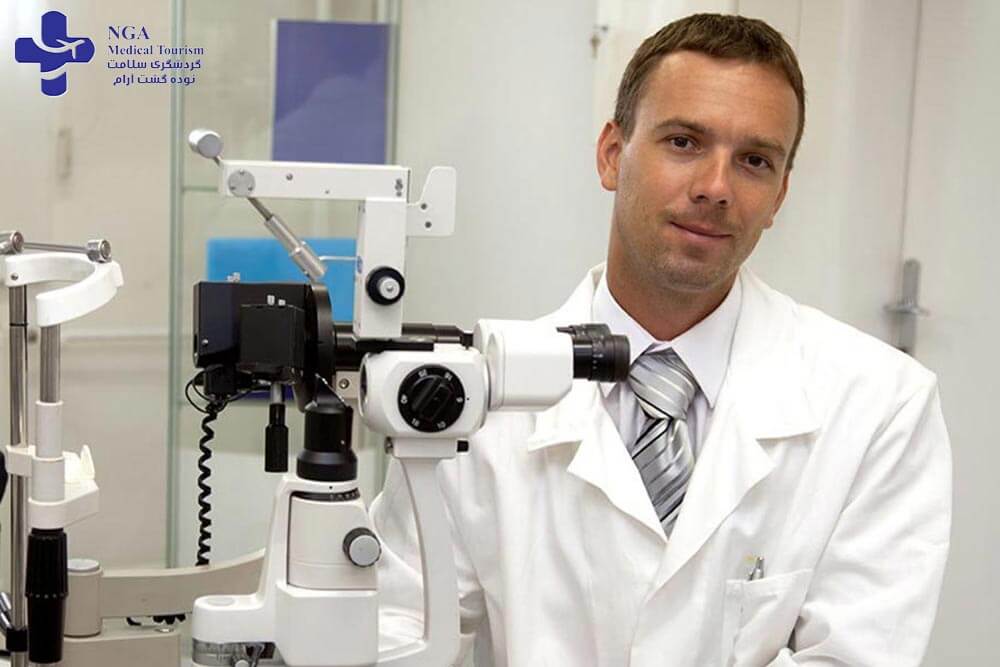
Glaucoma Treatment In Iran
Glaucoma Treatment In Iran
Iran is known for its popular Glaucoma Treatment due to the utilization of cutting-edge global techniques, state-of-the-art ophthalmic equipment, skilled ophthalmologists, and remarkably affordable Glaucoma Surgery costs.
IRAN, An Ideal Destination for Glaucoma Surgery
Each year, a significant number of health tourists, particularly from Middle Eastern countries such as Iraq, Oman, and Qatar, choose Iran as their preferred destination for glaucoma surgery. Iran surpasses other prominent health tourism countries like Turkey, the UAE, and India, attracting patients with its superior medical services in the field of glaucoma treatment.
Competitive Glaucoma Surgery Cost in Iran
The cost of glaucoma surgery varies depending on the type of procedure chosen. There are two categories based on cost, with the first category being the most affordable and offering the fastest recovery time.
Glaucoma laser surgery, which falls under this category, can be performed at an ophthalmology office or an outpatient surgery center. Since these surgeries are typically outpatient procedures, the costs can be significantly reduced. In the United States, the average cost of this treatment ranges from approximately $2,500 to $3,000.
By opting for glaucoma surgery in Iran, patients can benefit from a substantial cost reduction of up to 80% compared to the prices in their home countries.
The Advanced and Equipped Glaucoma Surgery Hospitals in Iran
In Iran, there is a competitive environment among clinics and hospitals that cater to foreign health tourists. This competition has driven these facilities to acquire and utilize state-of-the-art medical equipment, comparable to countries like the United States and Germany. Notable treatment centers such as Noor Specialized Ophthalmology Hospital, Red Crescent Specialized Ophthalmology Clinic, and Farabi Hospital are at the forefront of providing advanced medical services. These establishments ensure that patients receive top-quality care by employing the latest technologies and adhering to international standards.
Best Glaucoma Surgeons in Iran
- PROFESSOR AHMAD AMERI
OPHTHALMOLOGIST, SUBSPECIALIZED IN STRABISMUS OPHTHALMOLOGY
- ALIREZA NADERI
OPHTHALMIC SURGEON, CORNEA, AND EXTERNAL DISEASE FELLOWSHIP
What is Glaucoma?
Glaucoma, also known as eye pressure, is a condition that can cause vision loss due to high pressure inside the eye, leading to damage to the optic nerve.
In a healthy eye, the production and drainage of eye fluid maintain normal eye pressure. However, glaucoma can occur even at lower levels of pressure. Chronic open-angle glaucoma, the most common form, occurs when the fluid drainage is hindered, resulting in increased intraocular pressure. This elevated pressure can gradually damage the optic nerve, leading to vision loss and potential blindness if left untreated.
Glaucoma treatment in Iran depends on the method and timing of diagnosis. Factors such as ocular pressure, corneal thickness, optic nerve fiber measurement, and visual field assessment are essential in diagnosing the condition.
Treatment for glaucoma considers various factors, including the level of ocular pressure and the extent of damage caused. It typically begins with appropriate options such as medication, laser therapy, or surgery.
The Various Types of Glaucoma
Open-Angle Glaucoma:
Open-angle glaucoma is the most common type, accounting for 90% to 95% of cases. One of the unique aspects of open-angle glaucoma is its often asymptomatic nature, with patients experiencing few noticeable symptoms until significant vision loss occurs.
With open-angle glaucoma, the field of vision gradually narrows over time, while central vision remains relatively unaffected. This progressive narrowing of the visual field may go unnoticed until it reaches an advanced stage, potentially leading to complete blindness. Regular eye exams and early detection are crucial in identifying open-angle glaucoma and initiating timely treatment to prevent irreversible vision loss.
Closed-Angle Glaucoma:
Closed-angle glaucoma is a less common form of glaucoma characterized by noticeable symptoms. These symptoms include a scattered halo around light sources, blurry vision, acute eye pain, redness of the eyes, severe vision loss, nausea, and vomiting. It occurs when the drainage angle in the eye becomes blocked, leading to a rapid increase in intraocular pressure. Immediate medical attention is necessary to relieve the pressure and prevent further optic nerve damage. Early diagnosis and treatment are crucial to avoid permanent vision loss and complications.
Glaucoma Diagnosis in Iran
In Iranian ophthalmology clinics, advanced diagnostic equipment and procedures are utilized to assess various aspects of the eye. These include:
- Computerized assessment of the field of view to evaluate peripheral vision.
- Refraction measurement to determine the eye’s ability to refract light rays.
- Measurement of intraocular pressure, a key indicator in diagnosing glaucoma.
- Ultrasound examinations to provide detailed imaging of the eye’s structures.
- Assessment of the depth of the anterior chamber and lens thickness, which can affect intraocular pressure.
- High-efficiency treatments aimed at reducing intraocular pressure and managing glaucoma.
These advanced techniques contribute to accurate diagnosis and effective management of glaucoma, promoting better outcomes for patients.
Best Iranian Eye Surgeons
Iran has gained international recognition for its exceptional eye surgeons, who have made significant contributions to the field of ophthalmology. They have achieved remarkable success in treating a wide range of eye conditions, helping numerous patients restore their vision and improve their quality of life.
At our center, we work with renowned ophthalmologists who are widely respected for their innovative techniques and outstanding outcomes in managing complex eye diseases. Allow us to introduce some of our esteemed ophthalmologists:
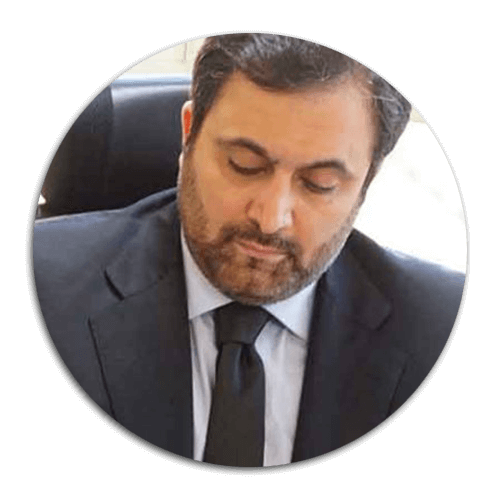
Dr. Hamed Ghasemi
Best Iranian Eye Hospitals
Glaucoma Surgery Techniques
Glaucoma can be treated in 3 ways:
Medication Glaucoma Treatment in Iran
Laser Therapy Glaucoma Treatment
In Iran, there are several laser treatment options available for glaucoma:
Argon Laser Trabeculoplasty (ALT): Although it is a common treatment, it can cause scarring in the eye.
Selective Laser Trabeculoplasty (SLT): This newer method is effective and safe for glaucoma treatment.
Yttrium Aluminum Garnet (YAG) Laser: It is used therapeutically or as a preventive measure for closed-angle glaucoma crises.
Laser treatment is often considered as an alternative to surgery for glaucoma patients who do not respond well to medication. When performed promptly, laser treatment can be highly successful in managing the condition.
Surgical Glaucoma Treatment
Iridotomy glaucoma surgery involves creating a small hole in the white part of the eye. This hidden hole allows excess fluid to drain out, reducing intraocular pressure. The procedure is minimally visible from the outside.
Trabeculectomy glaucoma surgery is a different type of procedure where a small portion of eye tissue is removed to create a flap. This flap facilitates the passage of ocular fluid, helping to lower the pressure inside the eye.
The Advantages of a Glaucoma Laser
- Restoring natural fluid flow within the eye
- Minimal risk of complications
- Painless procedure with local anesthesia
- Short recovery period
- Performed on an outpatient basis in a short time
Glaucoma Surgery Risks
While both laser and surgical procedures for glaucoma may have potential side effects, they are generally rare. These side effects may include temporary vision loss, rare instances of bleeding inside the eye, infection, fluid-filled sacs in the retina, low blood pressure, wounds around the eyes, and the development of cataracts. It is crucial to note that these side effects are uncommon. If your ophthalmologist recommends glaucoma surgery in Iran, the benefits of the treatment are likely to outweigh the risks.
a conclusion
In conclusion, glaucoma treatment is a multifaceted approach that involves targeting the underlying cause of the disease, managing the symptoms, and preventing further damage to the optic nerve. Treatment options include medications, laser therapy, surgery, and lifestyle modifications. The choice of treatment depends on the type and severity of glaucoma, as well as the patient’s overall health and preferences. Early detection and treatment are crucial in preventing vision loss and preserving the quality of life for individuals with glaucoma. Regular eye exams and close monitoring by a healthcare professional are essential in managing the disease and ensuring the best possible outcomes for patients.
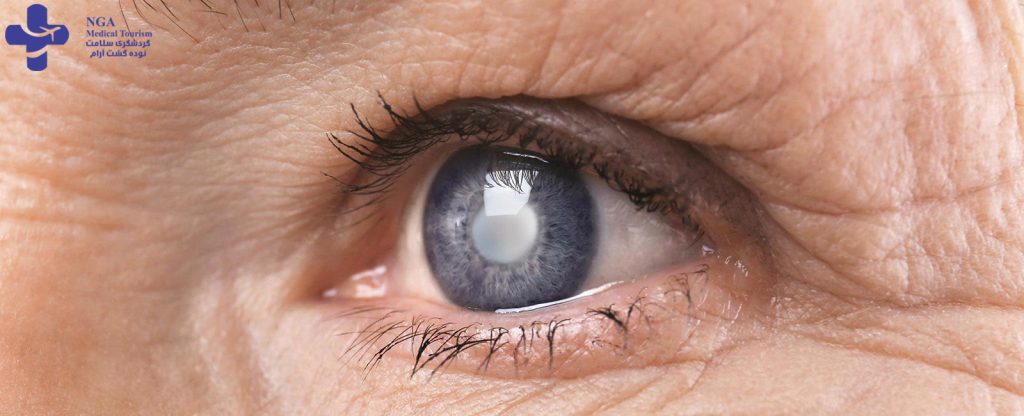
Frequently asked questions about Glaucoma Treatment
Glaucoma can occur at any age but is more prevalent among the elderly. It is recognized by the World Health Organization (WHO) as a major cause of irreversible blindness if left untreated. Approximately 5 million individuals worldwide have lost their sight due to glaucoma, accounting for 5.3% of the global blind population. The frequency of glaucoma varies across age groups, with an estimated occurrence of 1 case per 10,000 infants, 1.1% in individuals aged 40-50, and 1.5-2% in those aged 60-75. Early detection and treatment are crucial to prevent vision loss and mitigate the impact of glaucoma.
- Family history of glaucoma
- Age over 40
- History of severe eye inflammation and infection
- Eye injuries prior to eye surgeries
- Anemia
- Diabetes
- Low or high blood pressure
- Nearsightedness
- Long-term treatment with cortisone for conditions like asthma and arthritis
- Migraine
After glaucoma surgery in Iran, the temporary vision loss is expected due to the effects of the medication used during the surgery and the nature of the procedure. However, it is important to note that the purpose of the surgery is not to immediately improve vision, but rather to halt the progression of glaucoma and prevent further vision loss in the future. The surgery aims to protect the optic nerve and preserve the remaining vision. It is normal to experience temporary changes in vision following the surgery, but the long-term goal is to maintain and stabilize vision to prevent future vision loss caused by glaucoma.
You are correct that the damage caused by glaucoma is irreversible, as the nerve tissue cannot regenerate or heal itself. The main goal of treatment is to prevent further damage and manage the existing damage to preserve the remaining vision. It is crucial to adhere to the recommended monitoring program and treatment procedures prescribed by your ophthalmologist. Regular follow-ups and ongoing treatment are necessary for the long-term management of glaucoma. By diligently following your physician’s instructions and maintaining regular check-ups, you can help minimize the progression of the disease and preserve your vision to the best extent possible.
To effectively manage glaucoma, it is crucial to follow the recommended treatment plan in Iran without interruption. The damage caused by glaucoma is irreversible, so consistent treatment is necessary to prevent further damage and preserve vision.
In addition to measuring intraocular pressure, diagnostic tests like Optical Coherence Tomography (OCT) and field of vision tests are important for monitoring the progression of glaucoma and evaluating treatment effectiveness.
By regularly attending check-ups and adhering to the recommended treatment, you can work together with your physician to ensure that the disease is being effectively managed and any necessary adjustments are made.
Overall, by actively participating in your glaucoma treatment and closely monitoring its progression, you can optimize your chances of preserving your vision and maintaining long-term eye health.
Due to the low value of the Iranian currency (IRR), the cost of surgery, accommodation, and tourist services in Iran is significantly cheaper compared to many other countries worldwide. This affordability attracts many international patients seeking medical treatments and tourism opportunities. The favorable exchange rate allows individuals to receive high-quality medical services, including surgeries, at a lower cost, making Iran an attractive destination for medical tourism. Additionally, the affordability extends to accommodation and other tourist services, providing a cost-effective option for travelers.
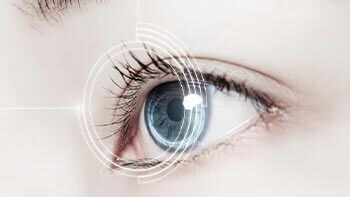
LASIK eye surgery is a popular and effective procedure for correcting refractive errors. With precise laser technology, it reshapes the cornea, providing improved vision without the …

PRK (Photorefractive Keratectomy) is a transformative eye surgery that corrects refractive errors such as myopia, hyperopia, and astigmatism. Through a precise laser procedure, the …

Intraocular Lens (IOL) is a small artificial lens implanted in the eye to replace the natural lens that has been affected by cataracts or other vision conditions. It is a…
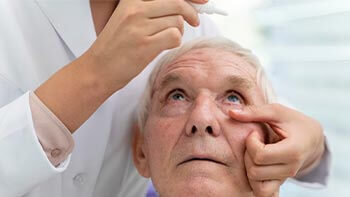
Cataract surgery is a safe and effective procedure that involves removing the cloudy lens of the eye and replacing it with a clear artificial lens, resulting in improved vision and quality of life for patients.
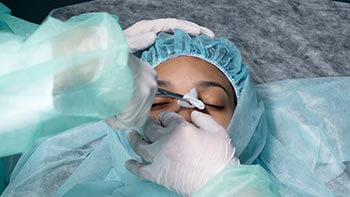
Retinal detachment surgery is a procedure that involves reattaching the retina to the back of the eye. This surgery is typically performed to prevent permanent vision loss and involves using small instruments to place a gas bubble or silicone oil in the eye to help hold the retina in place. Retinal detachment surgery is often done on an outpatient basis and has a high success rate in restoring vision …

Corneal transplant surgery, also known as keratoplasty, is a procedure that involves replacing a damaged or diseased cornea with a healthy one from a donor. This surgery can restore vision, reduce pain…
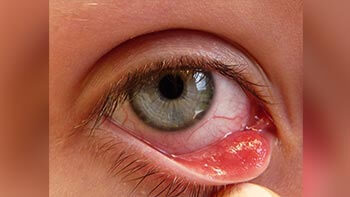
Chalazion treatment typically involves warm compresses, gentle massage, and prescription medications such as antibiotics or steroid injections. In some cases, surgical removal …
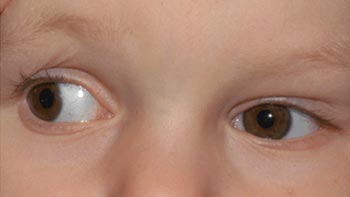
Strabismus surgery is a procedure to correct misaligned eyes. This surgery involves adjusting the muscles that control eye movement, improving eye alignment and reducing double vision. Strabismus surgery is …
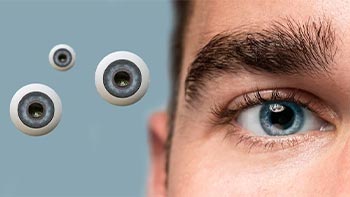
Prosthetic eyes, also known as ocular prostheses, are custom-made artificial eyes used to replace a missing or damaged eye. These prosthetic eyes are typically made of acrylic and are designed to match the size, shape, and color of the natural eye. Prosthetic eyes can improve the appearance of the eye socket and can also help restore confidence and self-esteem in individuals who have lost an eye due to injury or disease.

Blepharoplasty is a cosmetic surgical procedure that involves removing excess skin, fat, and muscle from the eyelids to improve their appearance. This surgery can address sagging or drooping eyelids, wrinkles, and bags under the eyes, giving the eyes a more youthful and refreshed appearance. Blepharoplasty is typically performed on an outpatient basis and has a relatively short recovery time.
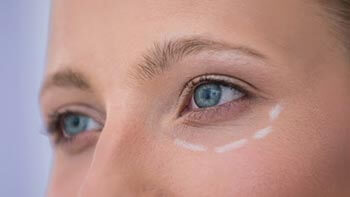
Oculoplastic surgery is a specialized field of surgery that focuses on the structures around the eye, including the eyelids, tear ducts, and orbit. This type of surgery can address a variety of conditions, including eyelid drooping, tearing, and tumors. Oculoplastic surgery can improve both the function and appearance of the eye area and is typically performed on…




